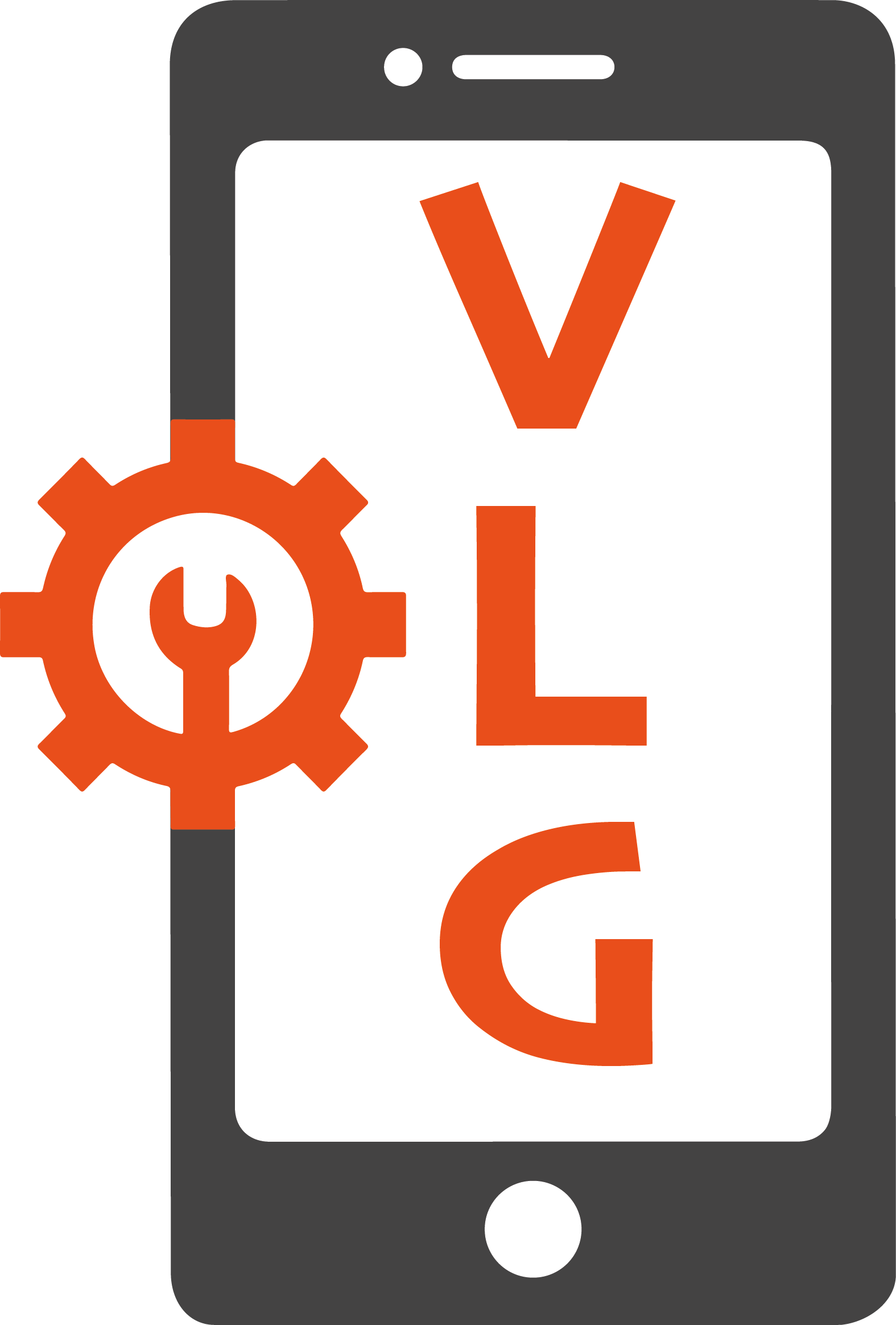When it comes to smartphones, the choice often boils down to two major platforms: Apple’s iOS and Google’s Android. Each has its loyal fan base and unique strengths, but the decision isn’t always clear-cut. In this blog post, we’ll explore the key differences between Apple vs. Android smartphones to help you decide which platform suits your needs best.
Design and Hardware
- Apple: Known for its sleek, premium designs, Apple’s devices are built with a focus on aesthetics and functionality. Because Apple controls both the hardware and software, its products are seamlessly integrated, providing a consistent user experience.
- Android: Android phones come in a wide variety of designs and price points, as the operating system is used by multiple manufacturers such as Samsung, Google, and OnePlus. This diversity means more choices for consumers, from budget-friendly options to high-end flagship devices.
Operating System
- Apple (iOS): iOS is praised for its intuitive, user-friendly interface and consistent updates across devices. It prioritizes privacy and security, offering features like app tracking transparency.
- Android: Android’s open-source nature allows for extensive customization. Users can tweak the interface, install third-party apps, and enjoy a variety of home screen widgets. However, updates depend on the manufacturer, which can lead to fragmentation.
App Ecosystem
- Apple: The App Store is curated with strict quality control, ensuring apps are reliable and secure. While the selection may be smaller than Android’s, the apps are often optimized for iOS.
- Android: The Google Play Store offers a wider variety of apps, but the quality can vary. It’s also easier to sideload apps, giving users access to software outside the official store.
Price Range
- Apple: Apple’s devices tend to be in the premium price range. They are ideal for users who value design, performance, and ecosystem integration.
- Android: Android devices cover a broad spectrum of price points, from entry-level models to ultra-premium smartphones. This variety makes Android accessible to a wider audience.
Ecosystem Integration
- Apple: Apple’s ecosystem is one of its biggest selling points. Devices like the iPhone, MacBook, iPad, and Apple Watch work together seamlessly, offering features like AirDrop, Handoff, and iCloud integration.
- Android: While Android’s ecosystem varies depending on the manufacturer, many brands like Samsung and Google are improving integration with their own line of devices. Android also relies heavily on third-party services like Google Drive and Microsoft OneDrive.
Updates and Longevity
- Apple: iPhones receive regular updates for many years, ensuring compatibility with new software and features. This longevity makes Apple devices a reliable investment.
- Android: Update support depends on the manufacturer. While Google’s Pixel phones offer timely updates, other brands may lag behind, leading to inconsistencies in software support.
Performance and Features
- Apple: Apple’s in-house A-series chips are known for their exceptional performance and energy efficiency. Features like Face ID, the seamless camera experience, and optimized apps make iPhones stand out.
- Android: Android phones offer diverse hardware features, such as larger batteries, expandable storage, and advanced camera setups. High-end models often rival or surpass iPhones in terms of raw specs.
Privacy and Security
- Apple: Apple emphasizes user privacy with features like on-device data processing and app permissions transparency. Its closed ecosystem is harder for malware to penetrate.
- Android: While Google has made strides in improving Android’s security, its open nature makes it more susceptible to malware. However, features like Google Play Protect and regular security updates help mitigate risks.
Customization and Flexibility
- Apple: Apple offers limited customization, focusing instead on a clean and consistent experience. While this appeals to users who prefer simplicity, it may feel restrictive to others.
- Android: Android excels in customization, allowing users to personalize their home screens, choose default apps, and even install custom ROMs for a completely unique experience.
Environmental Impact
- Apple: Apple has made significant strides in sustainability, using recycled materials in its devices and committing to carbon neutrality. However, the lack of repairability in some products has drawn criticism.
- Android: Environmental efforts vary by manufacturer. Some brands, like Fairphone, focus on repairability and sustainability, while others prioritize innovation over eco-friendliness.
Apple vs. Android: What’s YOUR Choice?
Deciding on Apple vs. Android phones ultimately depends on your priorities. If you value a seamless ecosystem, premium design, and long-term updates, Apple might be the right choice. On the other hand, if you prefer customization, variety, and flexibility, Android offers unmatched options.
No matter which platform you choose, both Apple and Android continue to push the boundaries of technology, ensuring there’s something for everyone in the world of smartphones.
